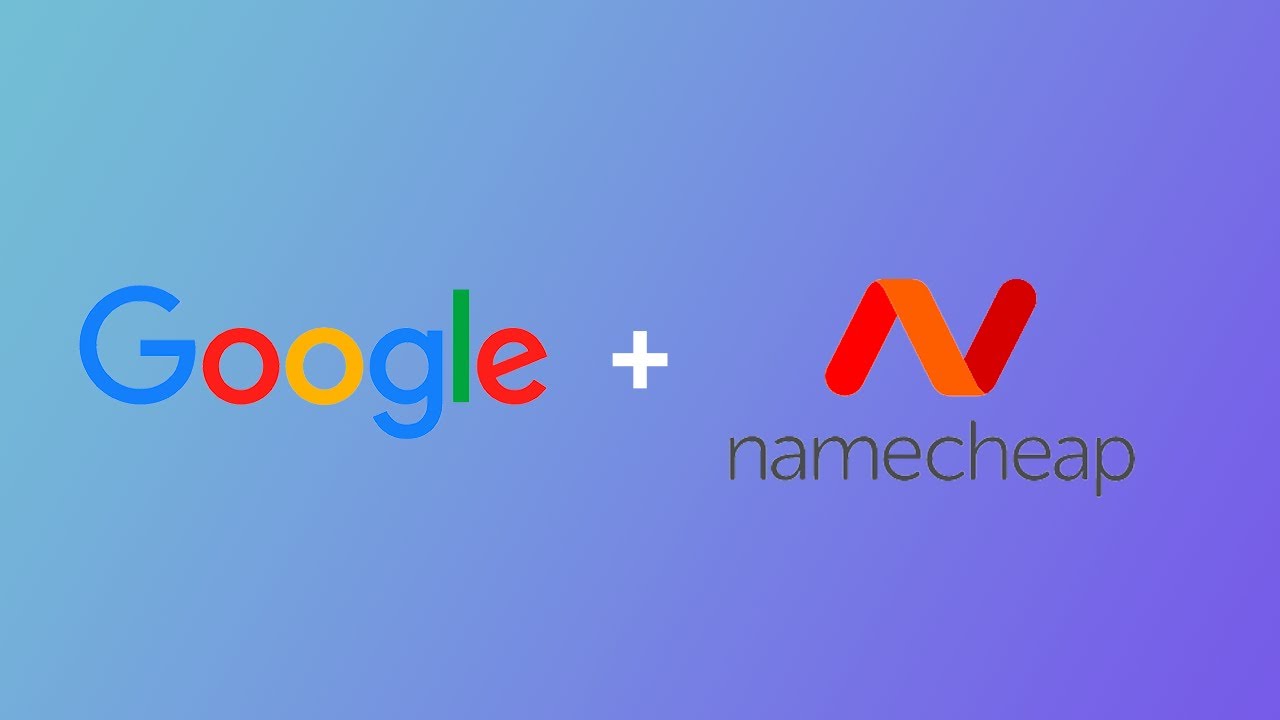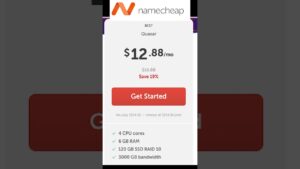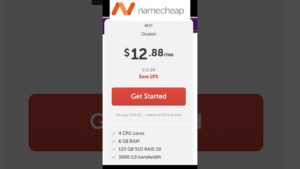
Are you looking to set up cold email campaigns using Namecheap and Google but feeling overwhelmed by the technical jargon surrounding SPF, DKIM, and DMARC? Don’t worry, I’ve got you covered! In this comprehensive guide, we’ll break down these terms in a way that’s easy to understand, so you can confidently set up your cold email campaigns without any hiccups.
Let’s start with SPF (Sender Policy Framework). SPF is an email authentication method that allows you to specify which mail servers are authorized to send emails on behalf of your domain. By setting up SPF records in your DNS settings, you can prevent spammers from forging your domain and protect your email reputation. To set up SPF for your Namecheap domain, log in to your Namecheap account, go to the ‘Advanced DNS’ section, and add a new TXT record with your SPF information provided by your email service provider.
Next up is DKIM (DomainKeys Identified Mail). DKIM is another email authentication method that adds a digital signature to your outgoing emails, allowing the recipient’s email server to verify that the message was sent from an authorized sender. To set up DKIM for your Google Workspace (formerly G Suite) account, navigate to your Google Admin console, go to ‘Apps’ > ‘Google Workspace’ > ‘Gmail’ > ‘Authenticate email’, and follow the instructions to generate your DKIM key and add it to your DNS settings in Namecheap.
Last but not least, we have DMARC (Domain-based Message Authentication, Reporting, and Conformance). DMARC is a policy that helps email senders and receivers determine what to do with emails that fail SPF and DKIM authentication checks. By publishing a DMARC policy in your DNS settings, you can instruct receiving servers to either quarantine or reject emails that don’t pass authentication, thereby reducing the risk of your domain being used for phishing or spam. To set up DMARC for your Namecheap domain, create a new TXT record with your DMARC policy, including instructions on how to handle failed emails.
In conclusion, setting up SPF, DKIM, and DMARC for your Namecheap domain and Google Workspace account is crucial for ensuring the deliverability and security of your cold email campaigns. By following the steps outlined in this guide and regularly monitoring your email authentication reports, you can maintain a positive sender reputation and maximize the effectiveness of your outreach efforts. So go ahead, take the plunge, and start sending cold emails with confidence!


